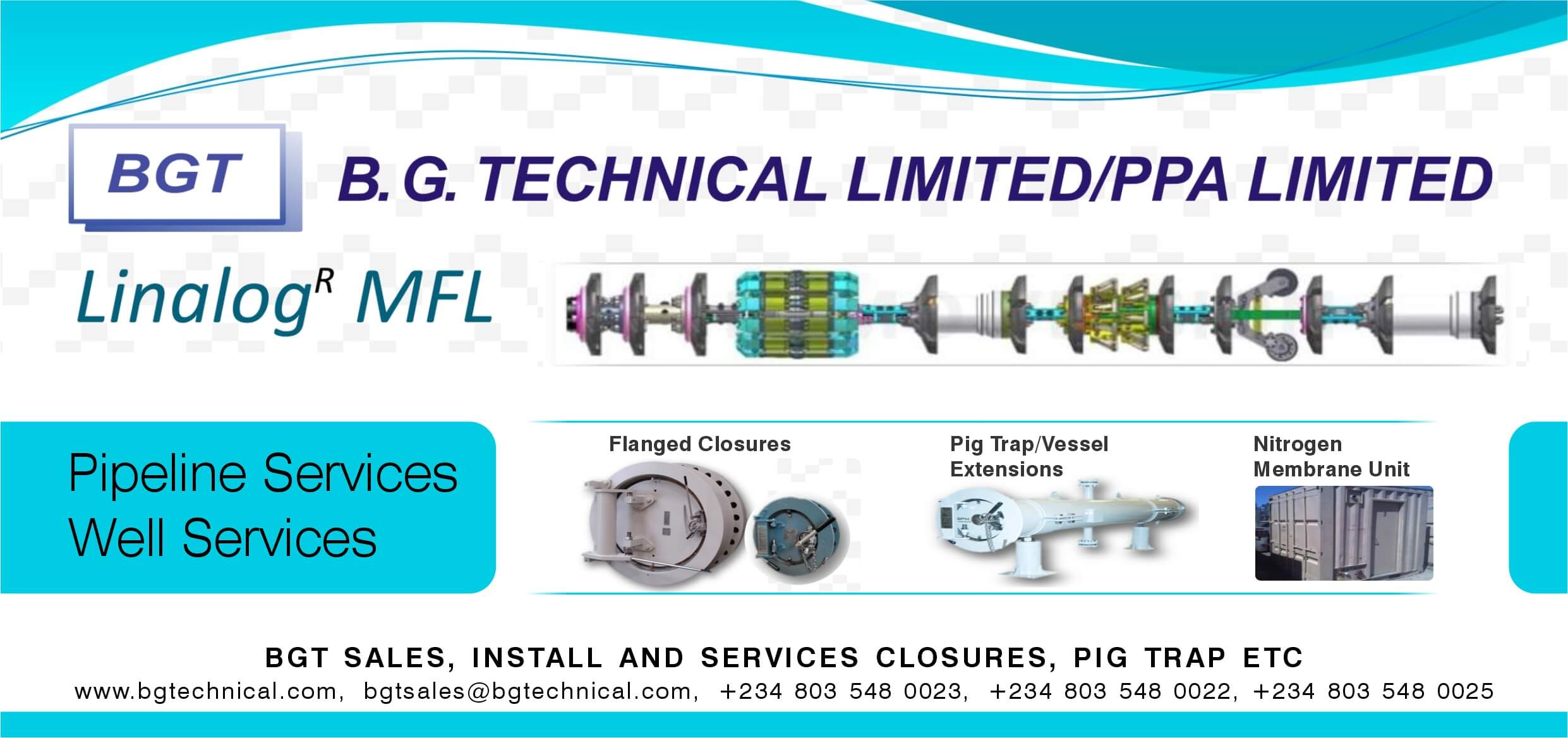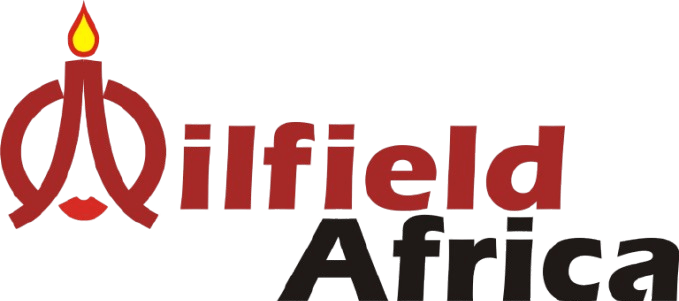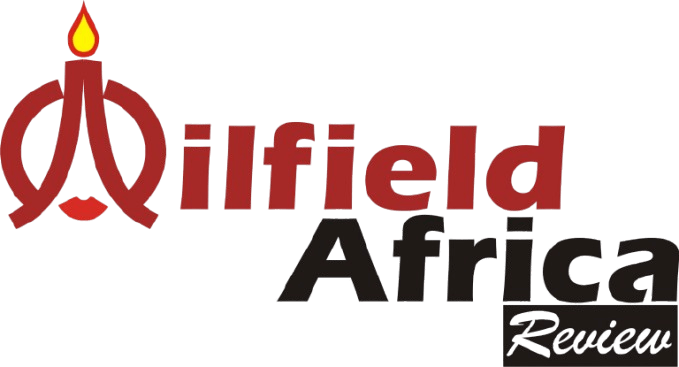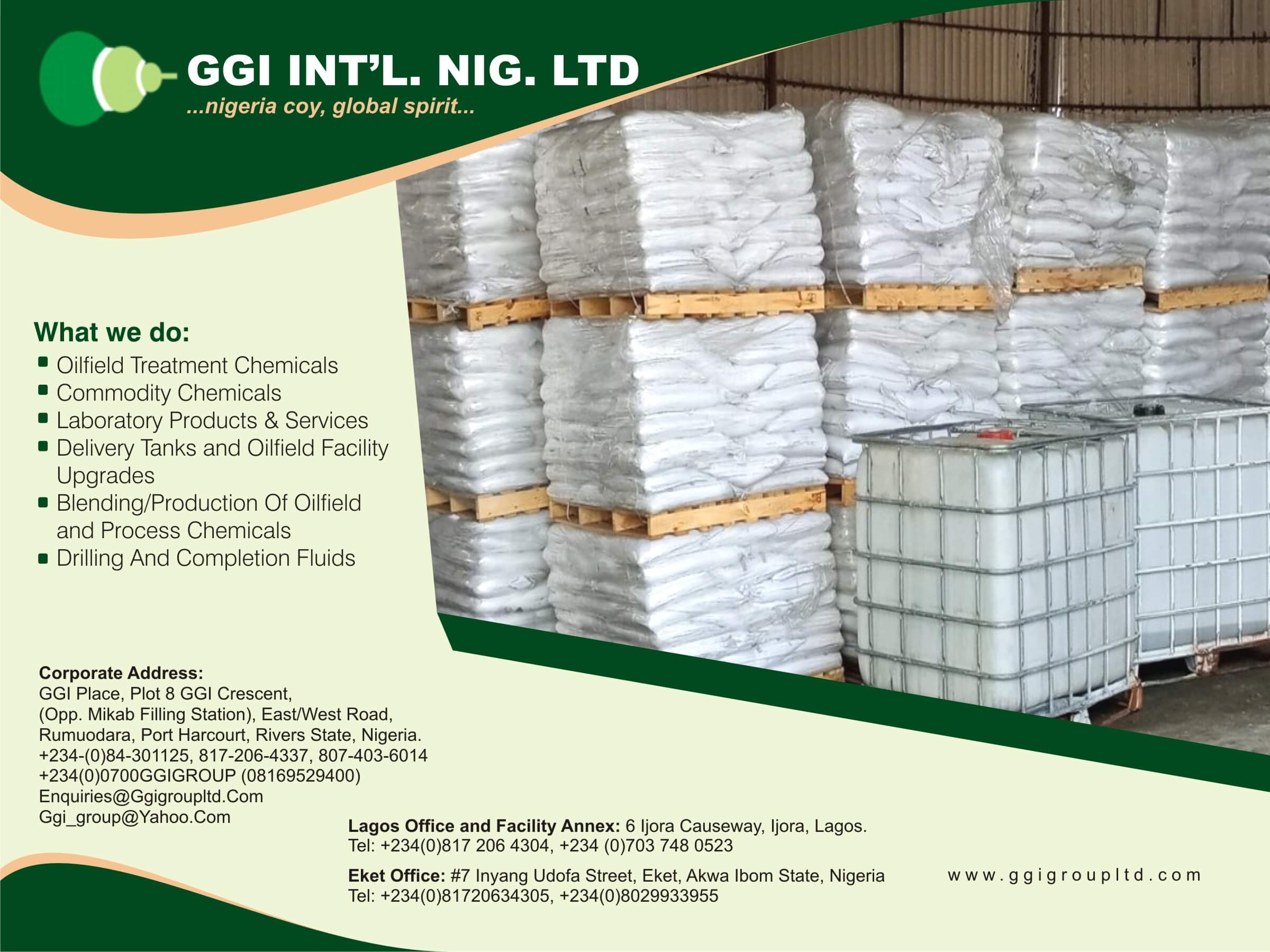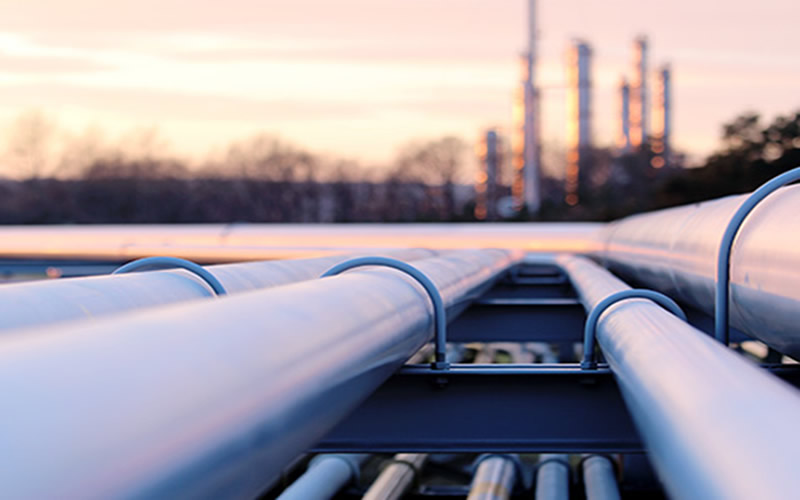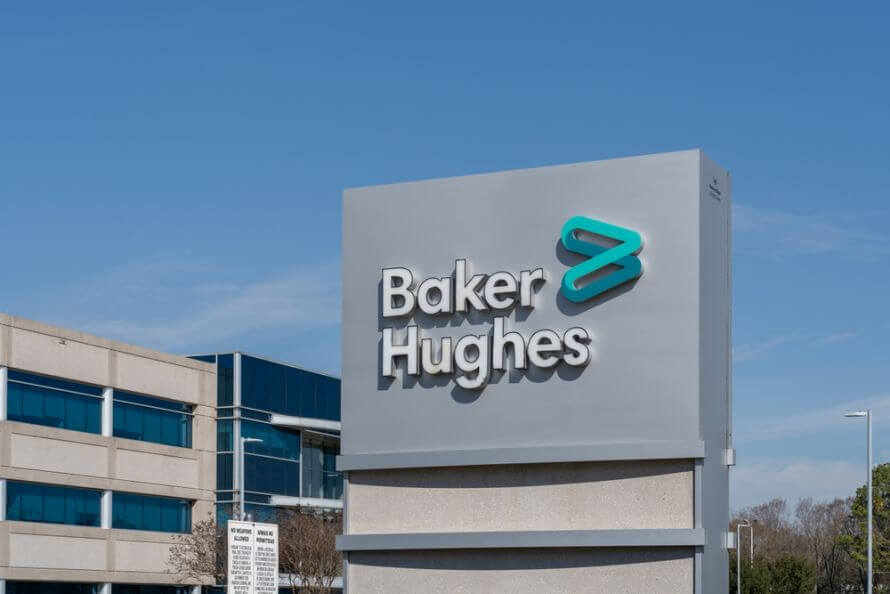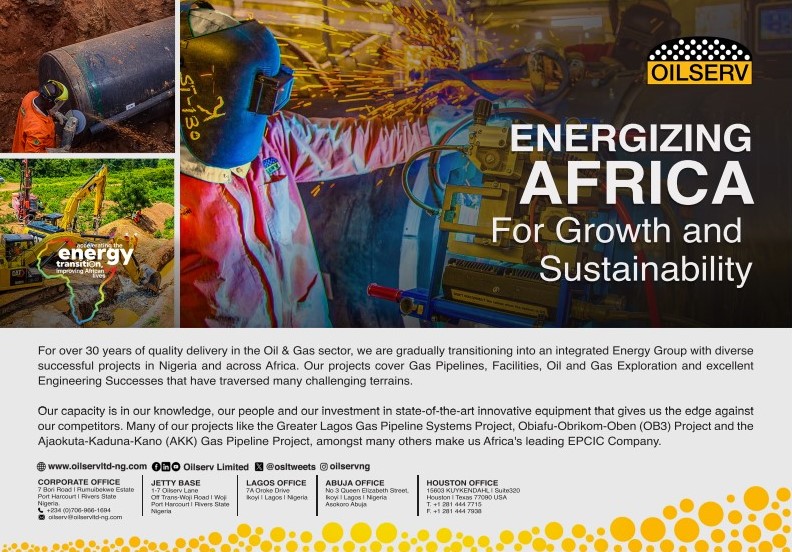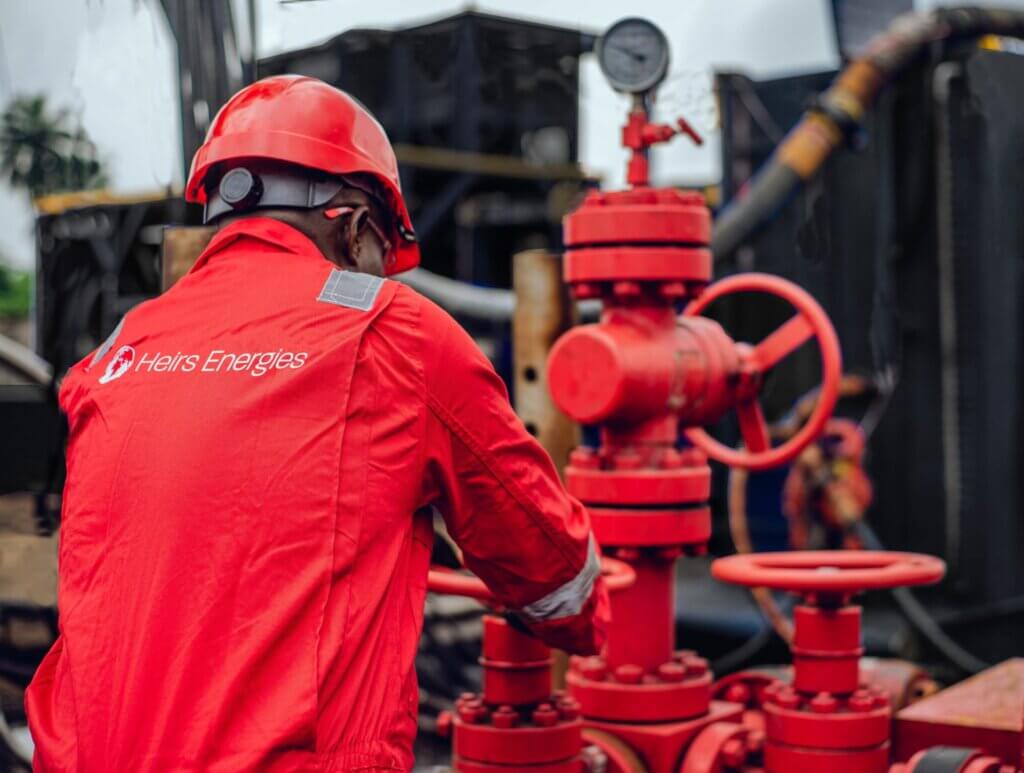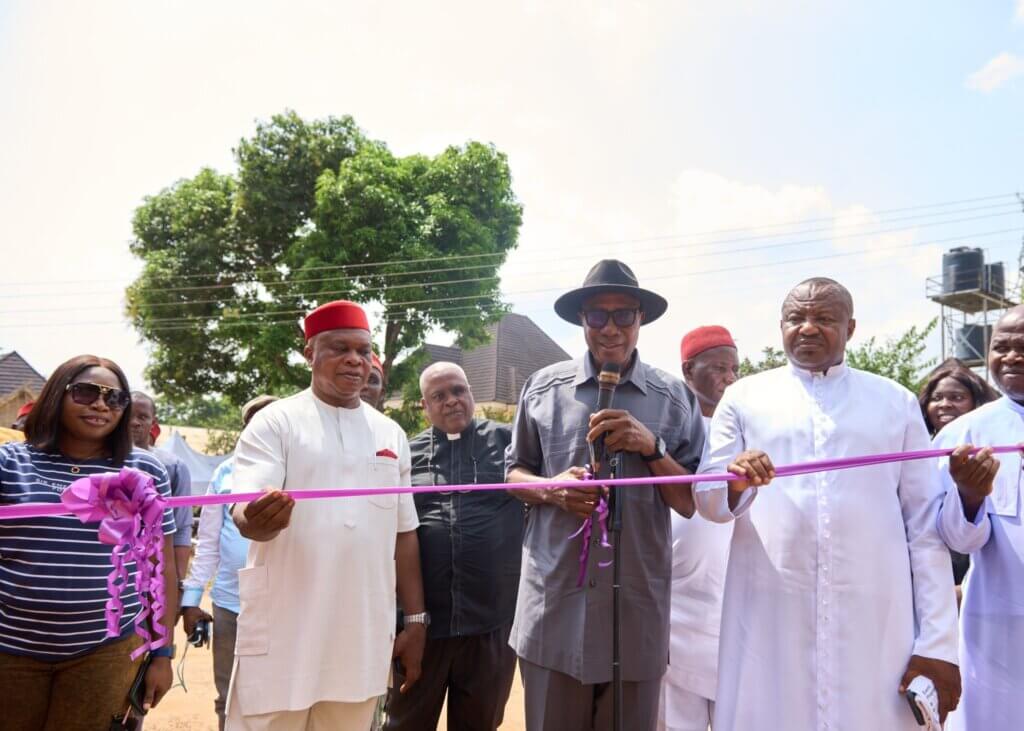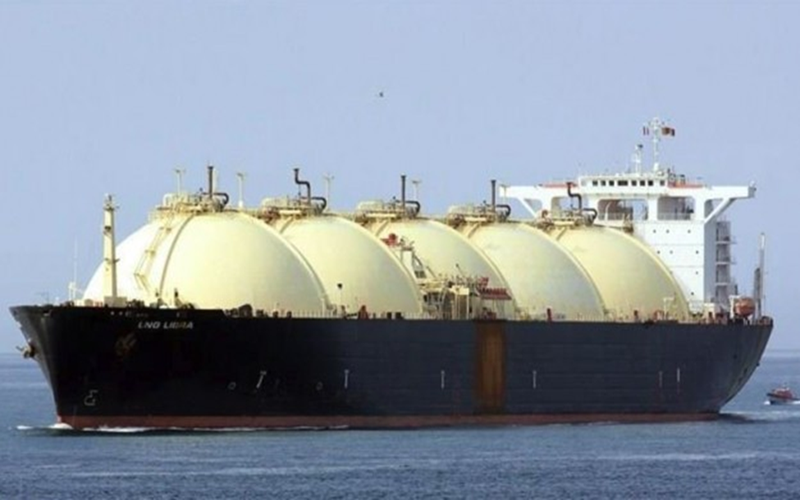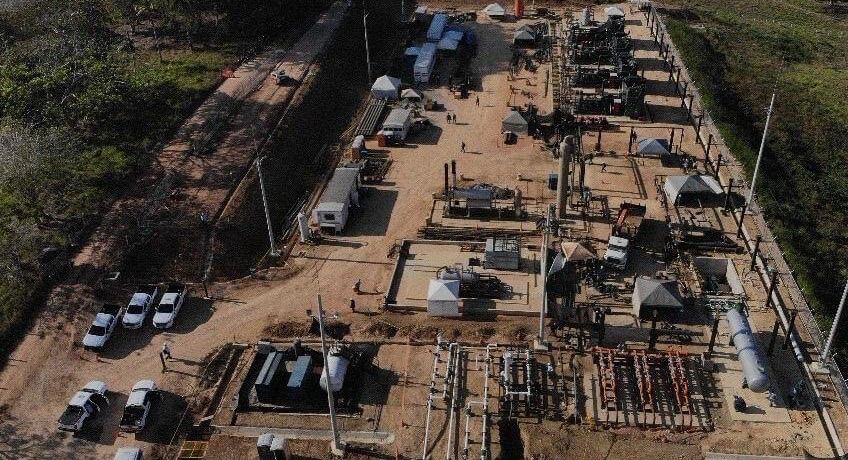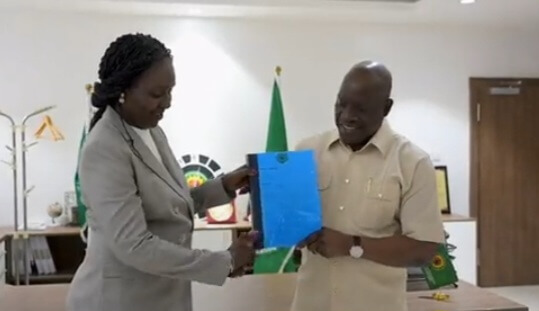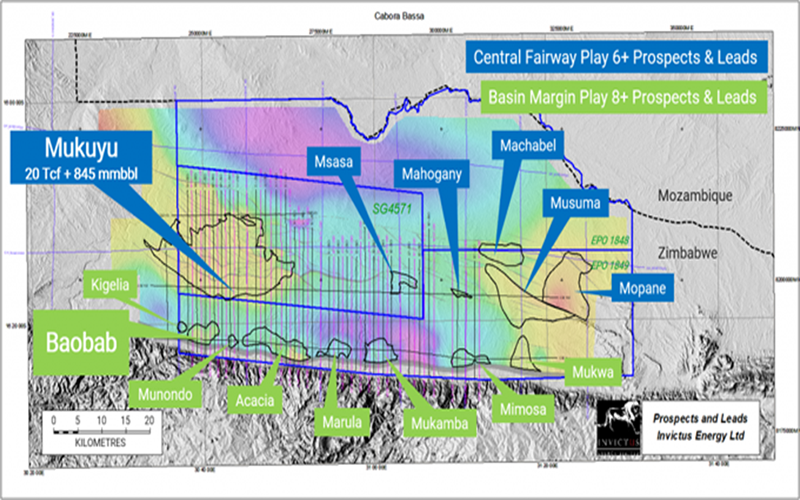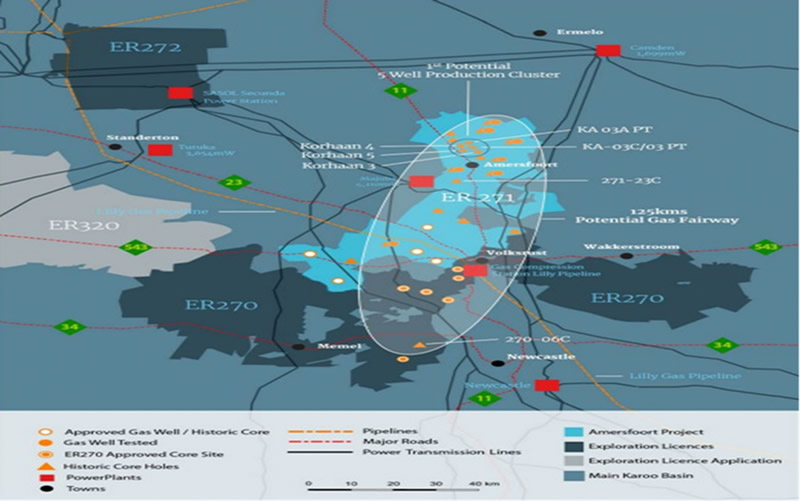
Kinetiko Energy, an Australian gas explorer and developer focused on advanced shallow conventional gas and coal bed methane in South Africa, has provided the following update on its onshore gas exploration and production development activities.
Core well 270-03C, spudded on 24 January 2023 approximately 7 km from the South Africa’s largest gas pipeline the Lily pipeline, is undergoing gas desorption testing and wireline logging results indicating strong potential for gas field development.
Kinetiko CEO, Nick de Blocq, commented:
“The second of our three core hole campaign in Block ER270 has reinforced our deliberate mapped out drill program in a big way! Yet another record breaker, in fact. Cutting over 150m of gas pay, finding reservoir sands in the Dwyka formations a group of one of four geological groups that compose the Karoo Supergroup and samples heading north of 10 after only a month in the lab are wonderful indicators of a very commercial field on the doorstep of both the Lily pipeline and the thermal industries and GTP engines within Newcastle itself. We honestly could not be happier with the outcome!”

Gas Testing Results 270-03C
10 coal samples are continuing to desorb in test canisters with one now over 10m³/tonne and rising after 1 month. Coals of combined 5.75m thickness continue to be desorption tested.
Such a high content is caused by proximity to a dolerite dyke, which was hot, molten rock when it intrudes the sedimentary section. The intense heat altered the amount of gas the coal can hold in an adsorbed state, and increases the amount of gas coals which will add to the production from the primary sandstone reservoirs. This anomaly has been observed in a number of wells completed on the project.
The strong gas-effect crossover of the density and neutron porosity curves between 288 to 574m adds up to 153.5m in combined gassy sandstone thickness. This does not include sandy zones with a weak effect or zones less than 1m thick, which may also contribute gas in a producing well.
The average depth of these sandstone reservoirs is 150m deeper than the Korhaan production wells to the north. This added depth should increase the pressure and volume of gas flow in a future production well in this new area, relative to the Korhaan area.
This is the first hole where the Company has seen reservoir quality sandstone in the glacial Dwyka Formation (below 561m). It has always been poorly sorted and tight in the other wells, but adds a deep additional pay zone in this area.















